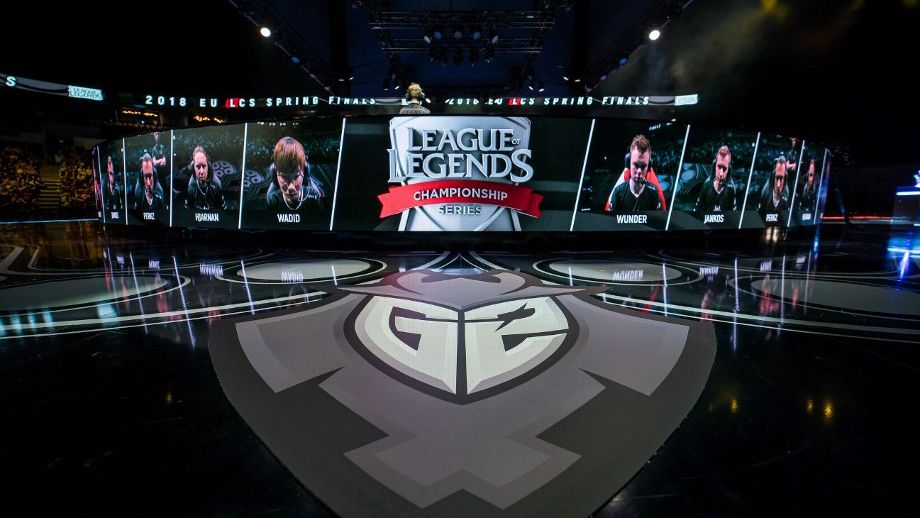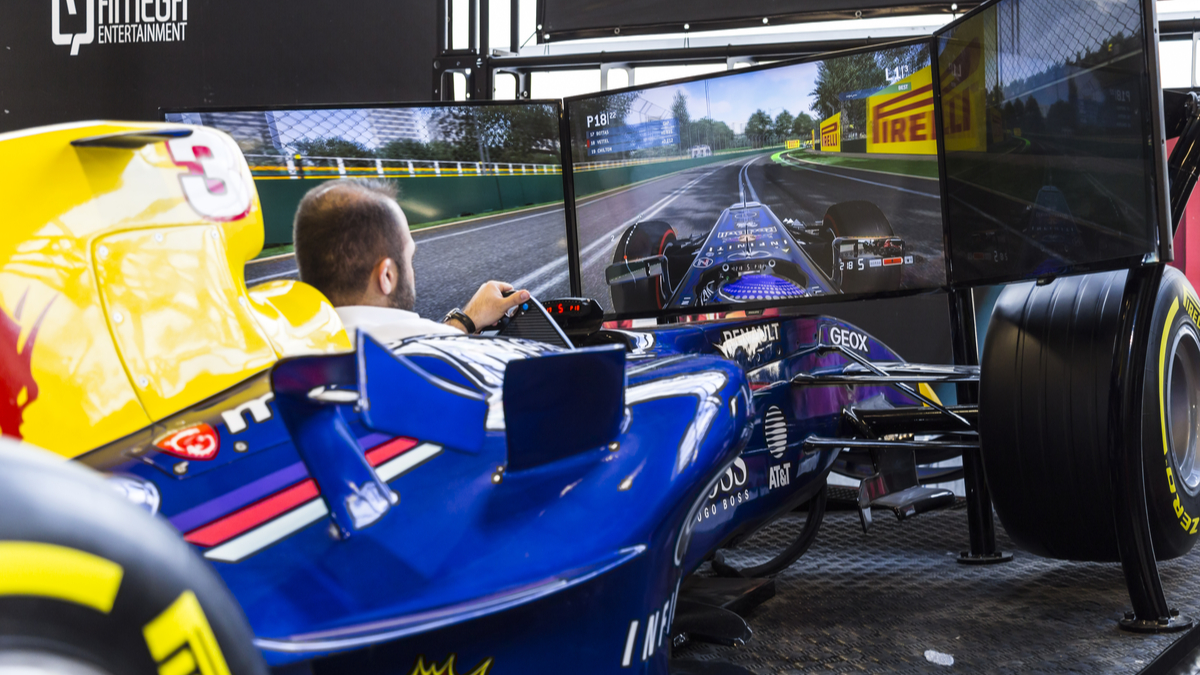- Currently, 68 percent of all nickel produced is used in stainless steel productio
- In the coming years, a greater percentage of nickel supplies is expected to be allocated to the battery sector as the electric vehicle revolution takes shape around the world
- Nickel, and more specifically nickel sulfate, is already a crucial player in the electric vehicle (EV) battery sector
Nickel, and more specifically nickel sulfate, is already a crucial player in the electric vehicle (EV) battery sector, as the silvery metal is used in a variety of battery applications and is relatively affordable, but will increased demand from the automotive sector price nickel out of the equation?
During his presentation at the sixth international nickel conference, Ken Hoffman, client development executive at McKinsey & Company, said he expects nickel supply and demand to grow at an accelerated pace through 2021, driven by the race to produce the world’s premier EV battery.
According to Hoffman, the EU and China have emerged as forerunners in the push to transition to EVs. In 2017, the EU, as well as five other countries, announced tough regulations on internal combustion engines in an effort to push citizens towards environmentally friendly EVs.
These included a phase out of internal combustion engines by 2030-35 in Germany and the Netherlands, a ban on gasoline and diesel vehicle sales starting in 2040 in the UK, a similar vehicle ban in India to be implemented in 2030 and an aggressive target of seven million EVs on the road in China by 2025.
The stakes are high when it comes to creating the ultimate EV batteries, as Hoffman noted, “at the end of the day you want to have an EV battery that is the equivalent to an internal combustion engine.â€
Meaning a vehicle that has good fuel economy and can travel long distances, something today’s EVs lack, but that could be about to change. In fact, the market has already seen some of the changes beginning to occur, especially when it comes to battery chemistry composition.
When it comes to powering the next generation of transportation there is little doubt that lithium-based batteries will lead the way, but what is up for debate is what material and in what percentage will the cathodes inside the lithium-ion battery be.
The current industry standard calls for an EV battery comprised of lithium nickel-cobalt-manganese oxide (NCM), however in only a handful of years this formula has changed as well, spurred on by the need to create better efficiency, as well as drive down price.
“What we have is a tale of two metals,†said Hoffman during his Thursday (May 31) presentation in Toronto. “Cobalt pricing itself out and lithium pricing itself in.â€
As he pointed out, the old EV batteries used a chemical formula of 111, 33 percent nickel 33 percent cobalt and 33 percent manganese. But the price of cobalt has grown exponentially in the last five years, from roughly US$11.00/lb in January 2013 to above US$40 today, making it an expensive metal to add to EV batteries.
Moving forward the industry might see a reduction on the amount of cobalt in EV batteries.
“The car industry has told its chemists to take everything that’s cobalt out of the battery and that is what they are doing,†Hoffman said.
The EV battery of today, is comprised of a 532 nickel cobalt manganese break down, with BMWÂ (EBR:BMW) touting a 622 battery, which further reduces the amount of pricey cobalt to only 20 percent. In the near future, Hoffman expects an 811 battery will be the standard, in fact LG has already announced it will introduce its NCM 811 battery sometime this year.
As long as the price of nickel remains flat – US$8.00 in January 2013 to US$6.87 today (June 4) – there is little worry it will be priced out of the battery equation, like many predict will happen to cobalt. However, there is already discussion about a next generation of battery, called solid state, in which no nickel or cobalt are used at all.
Hoffman even alluded to a relatively new metal, that would potentially revolutionize the battery sector. Graphene, which was discovered in the 21st century and is a two-dimensional material made from honeycomb sheets of carbon. What makes graphene exciting is it potential to conduct and store.
“[It] can conduct electricity 100 times better than copper,†noted Hoffman.
He went on to explain that if a battery is filled with graphene it does two things, it allows more electrons to flow through, giving it an average of 45 percent greater energy density, and because the electrons can flow much more easily it charges very fast as well.
“On a cell phone we are talking about a 12 minute full charge from 0-100, and with a car if you have the proper charging equipment under an hour for a 100 percent charge,†said Hoffman.
Despite China and EU emerging as the current leaders of this push towards green vehicles, currently all industrialized countries are on an equal playing field when it comes to development at this point. Especially when the battery that will power the green car shift is still to be decided upon.
While the world is excited about the environmental impact the EV revolution will have, others are more pragmatic in their belief that EVs represent a symbolic shift of global consciousness. However, unless the electricity used to fuel the EVs is produced in a green way as well, the EV industry will serve as a façade of good intentions hiding a dirty secret.
Don’t forget to follow us @INN_Resource for real-time updates!
Securities Disclosure: I, Georgia Williams, hold no direct investment interest in any company mentioned in this article.
Source: https://investingnews.com/daily/resource-investing/base-metals-investing/nickel-investing/nickel-evs-how-tomorrows-cars-is-fuelling-nickel-demand/






